Spain is one of the most biodiverse countries in Europe due to its unique geographical location, wide range of climates, varied topography, and rich ecosystems. Among the approximately 92,000 documented species found in the country, nearly 40,000 are plant species and between 50,000–60,000 are animal species—representing about 60% of Europe's flora and over 50% of its fauna.
This rich biodiversity includes a wide array of endemic species—animals that exist only within Spain—as well as rare and curious species found nowhere else in the world. In this article, we explore 18 fascinating native animals of Spain, many of which are endangered or in need of urgent conservation.
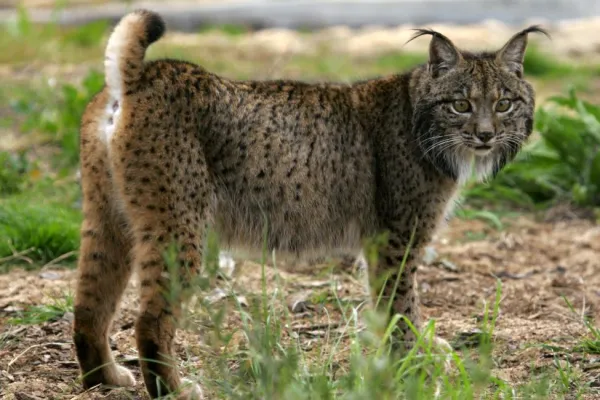
This is the only species of the Monachus genus found in Europe. Its name comes from the folds of fat on its head, which resemble a monk’s hood. Historically widespread across the Mediterranean, the monk seal is now primarily found in the Mediterranean Sea and Black Sea, with occasional sightings near the Strait of Gibraltar in the Atlantic.
Once heavily hunted, the species is now listed as Critically Endangered by the IUCN and Spain’s National Catalogue of Endangered Species due to habitat loss and illegal hunting.
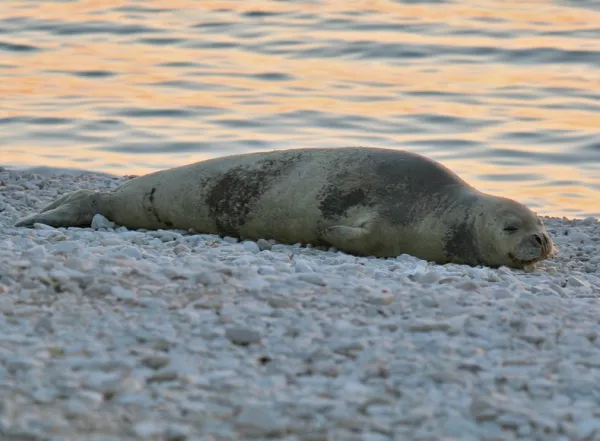
A small brown mustelid with a white snout, the European mink once thrived along rivers and wetlands but has been severely impacted by the introduction of the invasive American mink (Mustela vison), brought to Europe for fur farming.
Today, over 90% of its population has disappeared, and only three known populations remain—in Russia, Romania, and parts of northern Spain and southern France, totaling fewer than 500 individuals. Ongoing pollution and wetland degradation further threaten its survival.
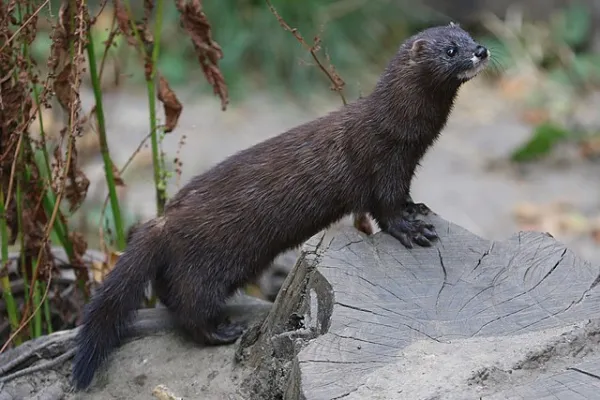
Easily recognized by its black plumage and white facial shield, this water bird inhabits wetlands like the Albufera of Valencia and other marshes in eastern Spain. However, these habitats are increasingly endangered by climate change, pollution, and human expansion.
The species is also hunted in certain areas, adding pressure on its population. It is currently protected under several international treaties, including the Bern Convention and the EU Birds Directive.
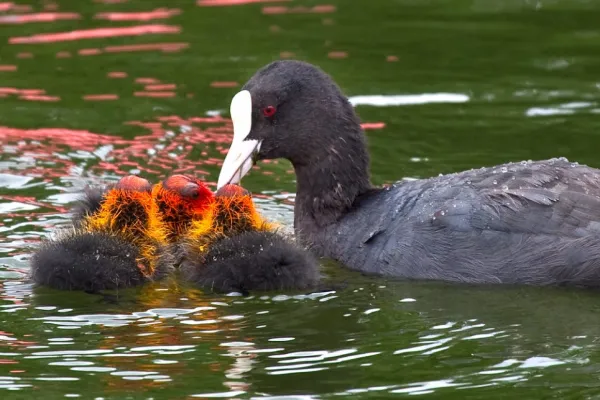
This diving duck has a white head, blue beak, and stiff, upright tail feathers, which distinguish it from other ducks. Native to Mediterranean wetlands, it feeds on aquatic plants and small invertebrates.
The species was nearly extinct in the 1970s and remains highly endangered due to habitat loss and hybridization with introduced Oxyura jamaicensis (ruddy duck). It is classified as Endangered by Spain and the IUCN.
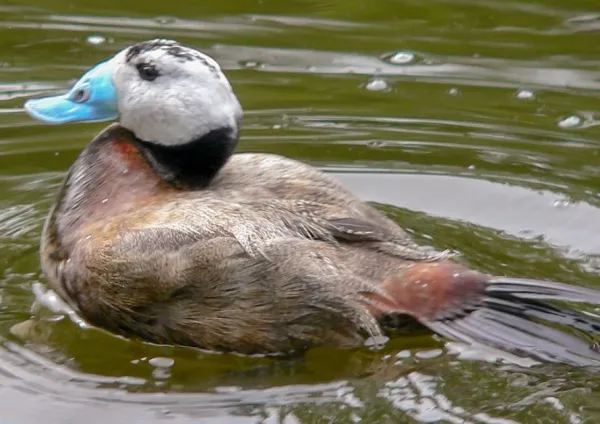
An endemic reptile of the Iberian Peninsula, this lizard inhabits rocky mountain regions such as the Sierra de Gredos and Sierra de Guadarrama. Males are usually green, while females display a more brownish coloration.
Due to its restricted high-altitude habitat, it is vulnerable to climate change and habitat disruption. It is listed as a species of Special Interest under Spanish law and is protected by the EU Habitats Directive.
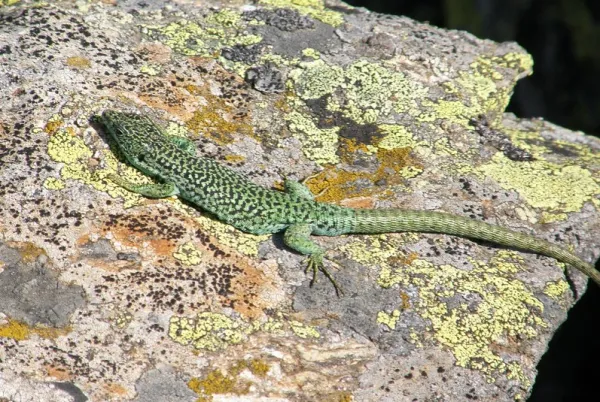
Also known locally as "fartet," this tiny 5 cm-long fish is found in brackish and freshwater environments along Spain’s Mediterranean coast. Males are brightly colored and play an ecological role in mosquito population control.
Despite this, their populations have drastically declined due to pollution, habitat loss, and invasive species, earning them an Endangered classification.
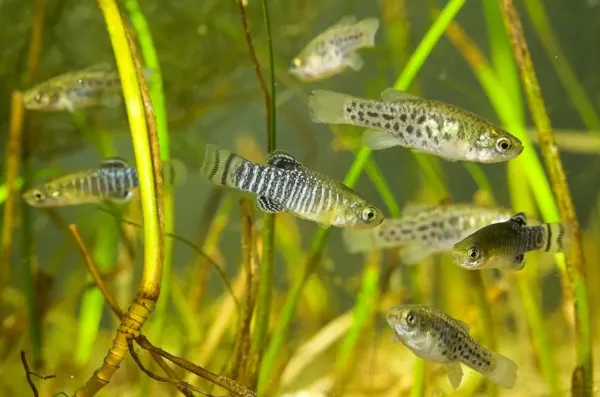
This brown-yellowish fish, reaching up to 8 cm in length, is endemic to the Valencian and Catalonian coastlines. It thrives in vegetated brackish wetlands but is now limited to only a few coastal zones due to:
Habitat destruction
Wetland drainage
Invasive species (e.g., mosquitofish, black bass, American crayfish)
It is officially listed as Endangered in Spain.
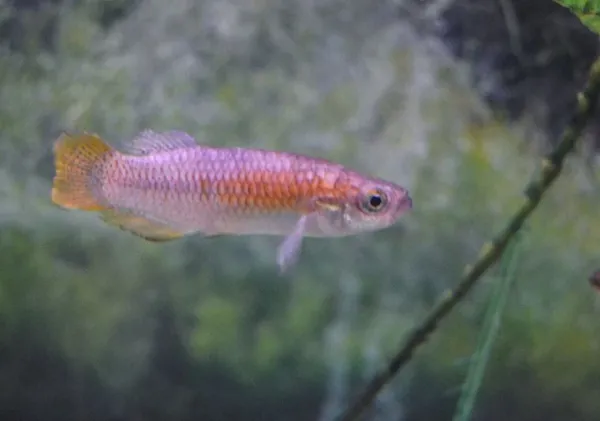
This grayish bat prefers areas near rivers, lakes, and ponds, where it hunts insects and small fish. It is sometimes confused with the Daubenton’s bat but can be distinguished by its hairless tibia.
Though once widespread from the Iberian Peninsula to the Black Sea, it is now declining due to habitat disruption. Conservation efforts in Spain have included establishing protected areas in regions like Murcia and Valencia.
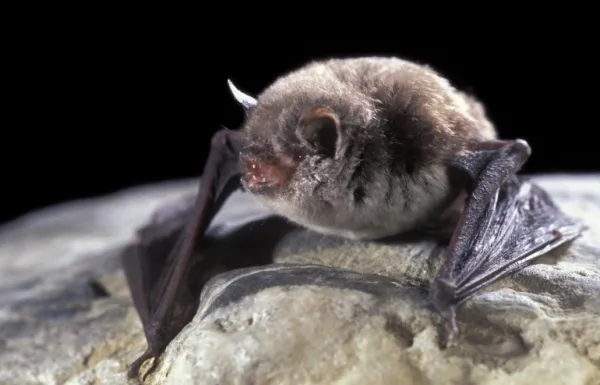
Europe’s largest social wasp, this insect has a reddish-black body with yellow bands and typically lives in wooded mountain regions. It's often confused with the invasive Asian hornet (Vespa velutina), but they differ in leg coloration.
Due to public misconceptions about its danger, populations of the European hornet are declining, even though it is not officially considered endangered.
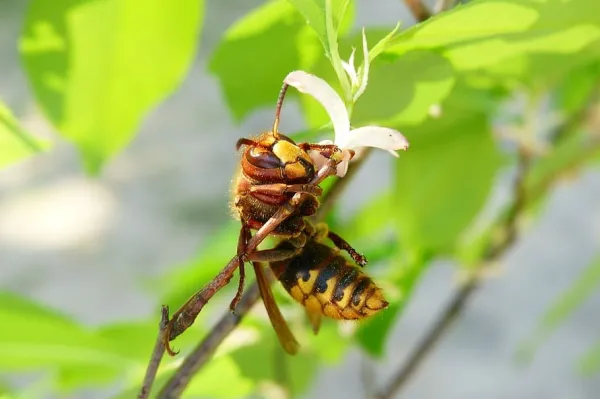
The world’s most endangered feline, the Iberian lynx is native to Spain and parts of Portugal. It has a robust body, distinctive black ear tufts, and facial whiskers.
Once widespread, it now survives mainly in Sierra Morena, Toledo Mountains, and Central System forests. Its decline is primarily due to:
The sharp drop in rabbit populations (its main prey)
Roadkill incidents
Habitat loss and fragmentation
Thanks to conservation efforts, numbers are slowly increasing, but it remains Critically Endangered.
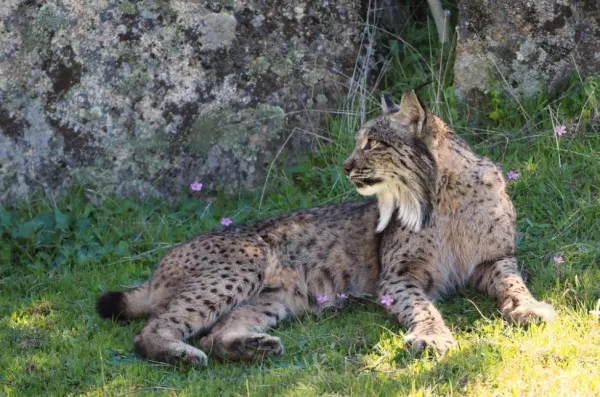
In addition to the species mentioned above, many other animals in Spain face serious conservation threats, including:
Iberian Wolf (Canis lupus signatus)
European Brown Bear (Ursus arctos arctos)
Spur-thighed Tortoise (Testudo graeca)
Mediterranean Tortoise (Testudo hermanni)
Black Stork (Ciconia nigra)
Bearded Vulture (Gypaetus barbatus)
El Hierro Giant Lizard (Gallotia simonyi)
Spanish Imperial Eagle (Aquila adalberti)
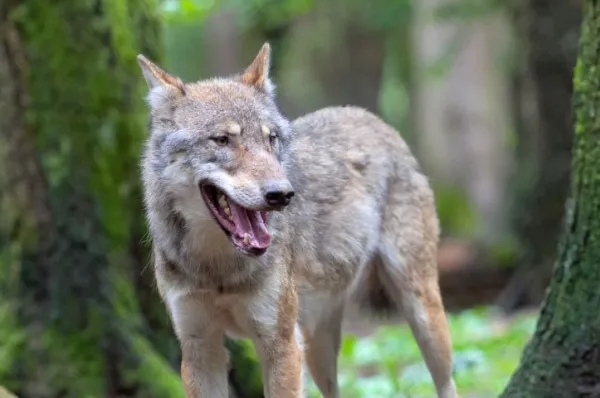
Spain's native fauna is a natural treasure, but it is under threat from urbanization, climate change, pollution, invasive species, and habitat fragmentation. Protecting these species is essential for maintaining the country's ecological balance.
Support wildlife conservation NGOs.
Say no to illegal wildlife trade.
Promote eco-tourism and sustainable practices.
Spread awareness of endangered species.
For more articles on native animals and conservation topics, explore the Wildlife section of our site.
Bibliography
Generalitat Valenciana. Biodiversity Data Bank. Fact Sheet on the Common Coot. Available at: https://bdb.gva.es/bancodedatos/ficha.asp?id=11893
SEO BirdLife. Guide to the Birds of Spain. White-headed Duck (Oxyura leucocephala). Available at: https://seo.org/ave/malvasia-cabeciblanca/
José Martín, National Museum of Natural Sciences (CSIC). (2015). Common Wall Lizard – Iberolacerta cyreni (Müller and Hellmich, 1937). Available at: https://core.ac.uk/download/pdf/36182682.pdf
Fishes of the Valencian Autonomous Community. Fact Sheet on the Coot. Available at: https://www.mediterranea.org/cae/divulgac/peces/fartet.htm
Gencat. Environment and Sustainability. Samaruc Fact Sheet. Available at: http://mediambient.gencat.cat/ca/05_ambits_dactuacio/patrimoni_natural/fauna-autoctona-protegida/gestio-especies-protegides-amenacades/peixos/samaruc/
MIGUEL A. MONSALVE, DAVID ALMENAR, ANTONIO ALCOCER, AND ANTONIO J. CASTELLÓ. Long-eared mouse-eating bat, Myotis capaccinii (Bonaparte, 1837). Available at: https://www.miteco.gob.es/es/biodiversidad/temas/inventarios-nacionales/ieet_mami_myotis_capaccinii_tcm30-99843.pdf
Generalitat Valenciana. File on the Asian hornet, Vespa velutina. Available at: https://agroambient.gva.es/documents/91061501/162998629/Fichas+de+identificacion+avispa+asiática+y+próximas/9ef74c82-d4de-4d3f-baeb-390336ad795d
animal tags: spain animals
We created this article in conjunction with AI technology, then made sure it was fact-checked and edited by a Animals Top editor.